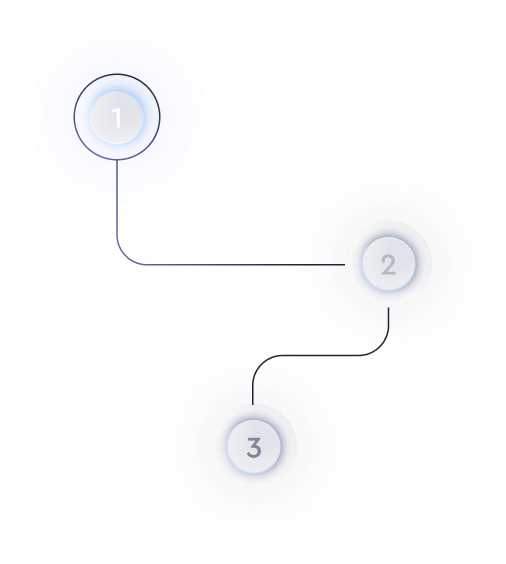How can optimizing SaaS website forms maximize lead generation?
Introduction to Optimizing SaaS Website Forms
In the competitive landscape of Software as a Service (SaaS) businesses, capitalizing on webform optimization can significantly ramp up your lead generation efforts. Web forms often serve as the initial point of contact between potential customers and your business. An optimized form not only encourages user engagement but also facilitates seamless data collection, enabling you to tailor your services effectively.
Streamlining the User Experience
To maximize lead generation, consider enhancing the user experience associated with filling out forms. An intuitive form that offers a smooth user journey reduces bounce rates and improves conversion.
- Minimize Fields: Limit form fields to essential information. Overwhelming users with too many questions can lead to higher abandonment rates.
- Use Auto-Fill and Auto-Correct: Simplifying form completion helps reduce user effort and errors, creating a more fluid interaction.
- Implement Progressive Disclosure: Show fields in stages instead of overwhelming users at once, which can encourage them to continue filling out the form.
Design and Aesthetic Improvements
Your form's visual appeal can greatly influence user interaction. An aesthetically pleasing design draws attention and keeps users engaged.
- Responsive Design: Ensure forms are mobile-friendly and display correctly on different devices, as many users access SaaS products via smartphones.
- Input Validation: Real-time input validation enhances user satisfaction by guiding them, thereby preventing form submission with errors.
- Visual Cues and Feedback: Use progress bars, tooltips, or icons to lead users through the form, enhancing user experience and completion rates.
Incentives and Trust-Building
Building trust and offering incentives can be critical in motivating users to fill out your form. Addressing user hesitation and fostering confidence can significantly improve submission rates.
- Privacy Assurance Statements: Clearly communicate how the data collected will be used and protected, reducing privacy concerns.
- Incentivize Form Completion: Offer a free trial, a downloadable resource, or a discount as a reward for completing the form.
- Trust Seals and Testimonials: Displaying trust badges and customer testimonials can build credibility and encourage prospective leads.
Analyzing and Iterating for Continued Improvement
Optimization is an ongoing process. Regular form analysis can reveal user behavior trends and highlight areas for improvement.
- Use Analytics Tools: Implement tools to track and analyze where users drop off, what fields cause friction, and how amendments affect conversions.
- A/B Testing: Continuously test different form layouts, CTA text, colors, and designs to find the most effective combination for your audience.
- Monitor Conversion Metrics: Regularly review the conversion rates and other key performance indicators to measure success and adjust strategies as necessary.
In conclusion, *optimizing SaaS website forms* is not merely about aesthetics and basic functionality. It involves a strategic approach to understanding user motivations, minimizing friction, and continually enhancing the process to foster higher engagement and conversion rates.

